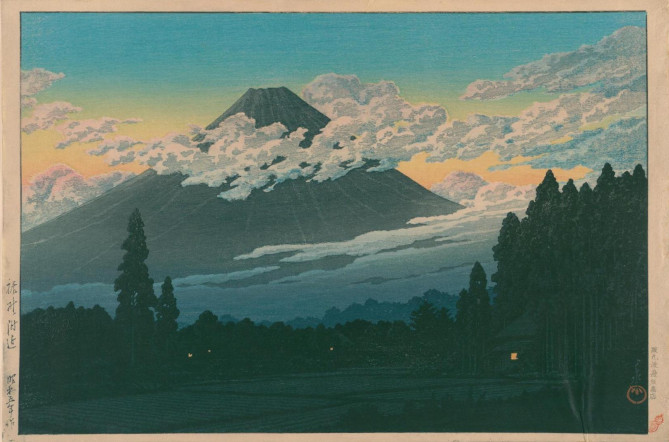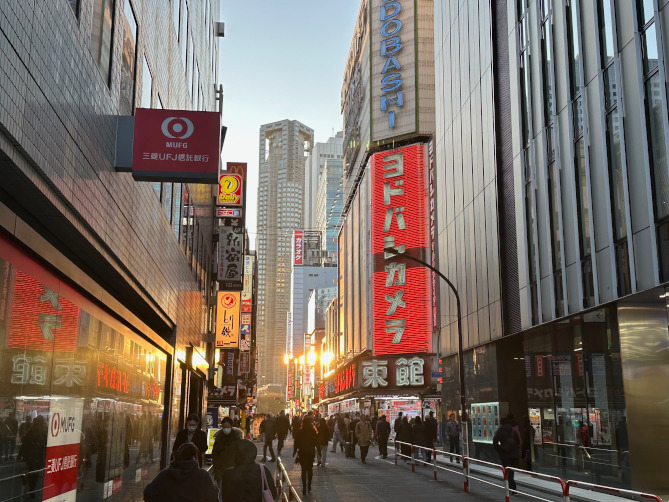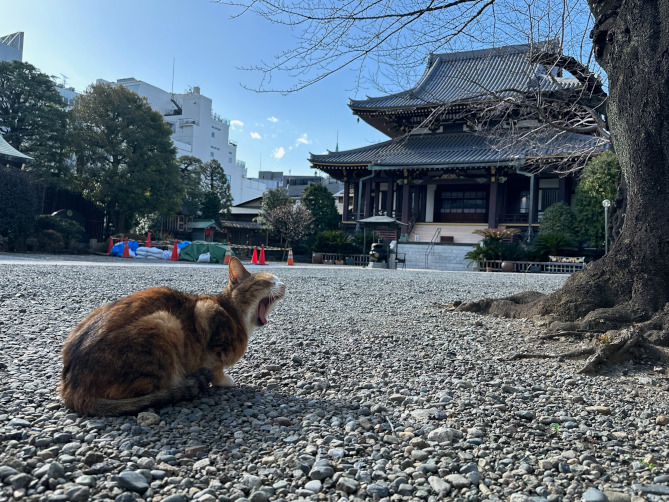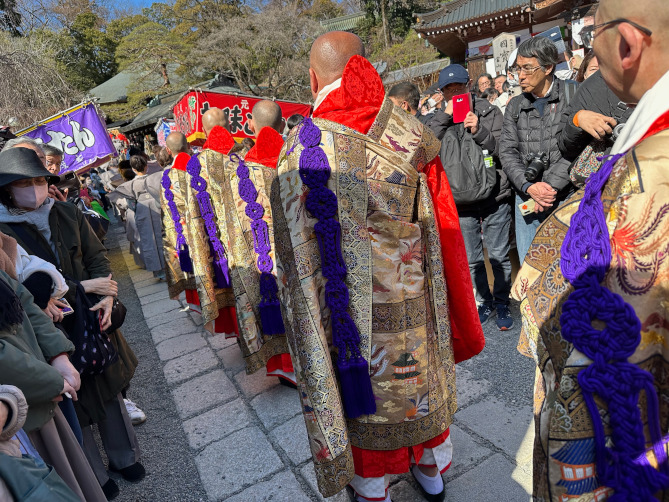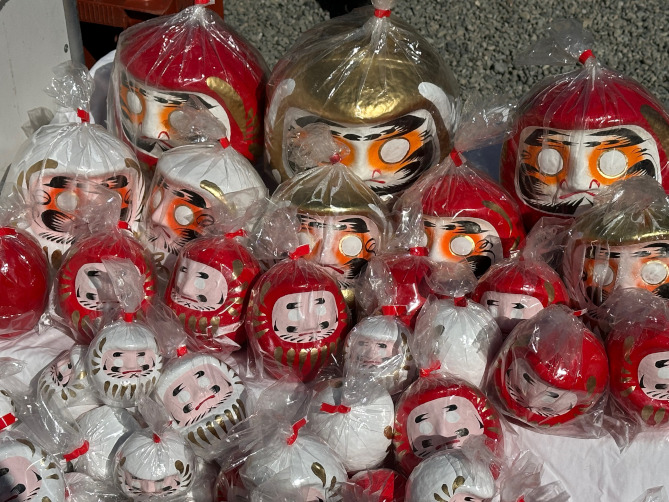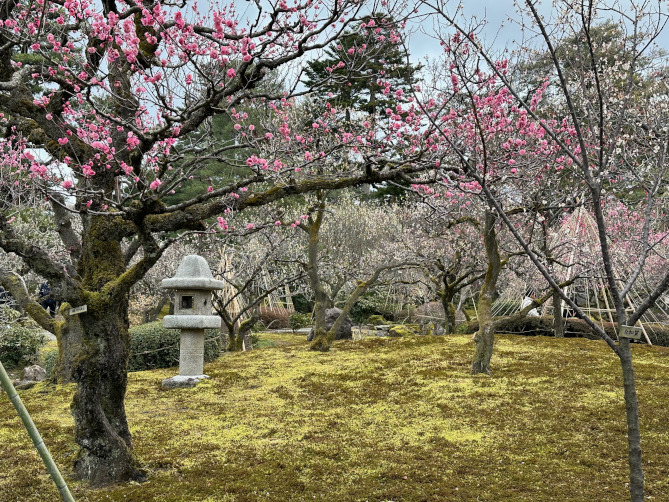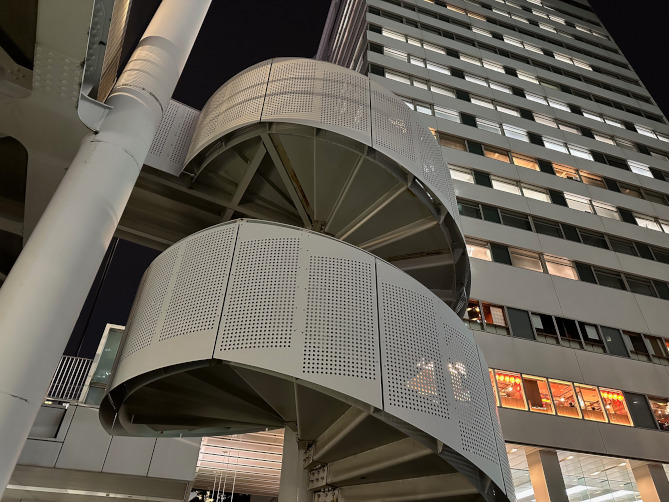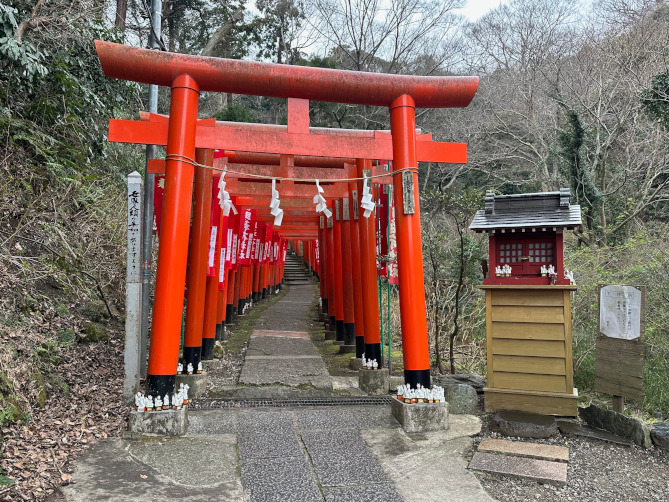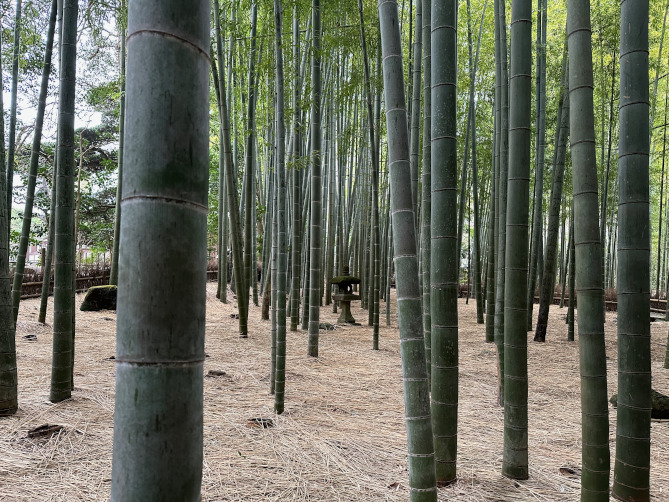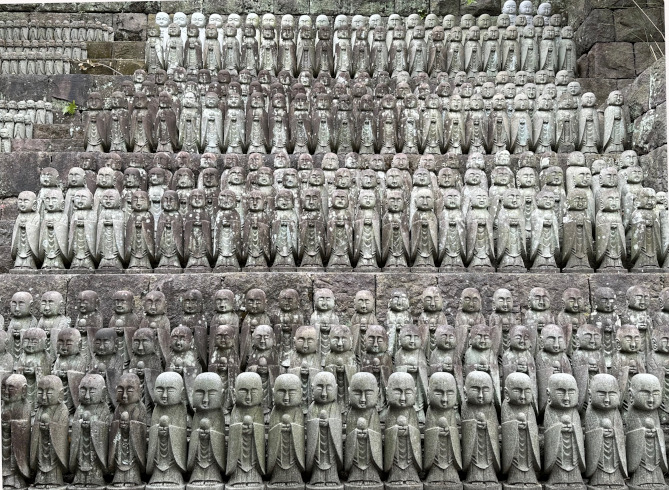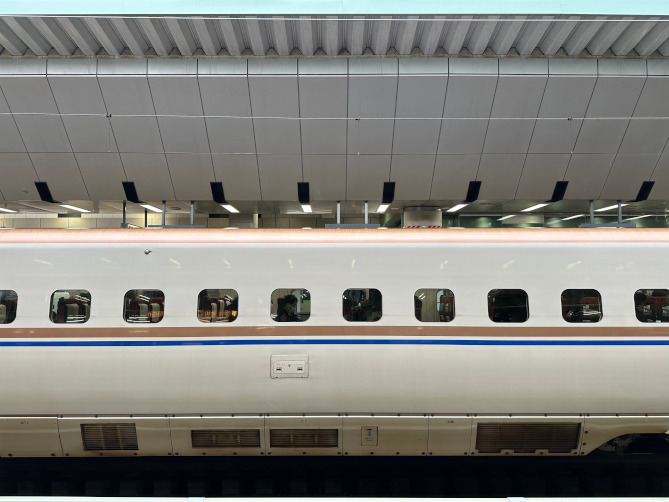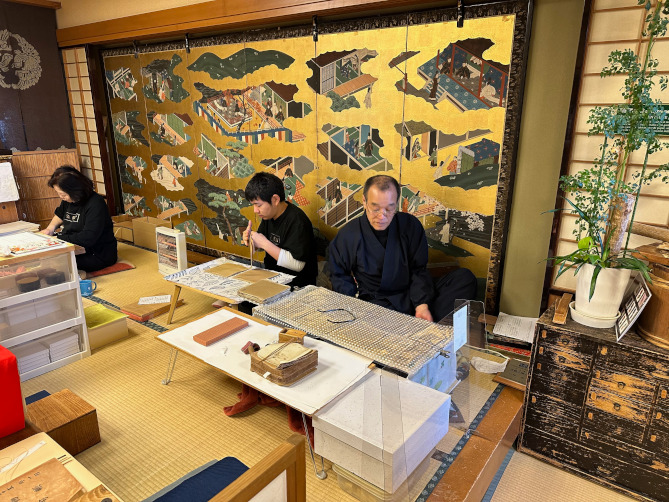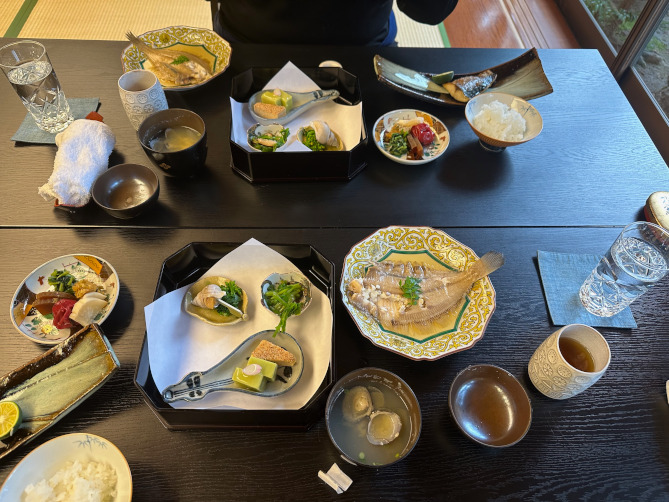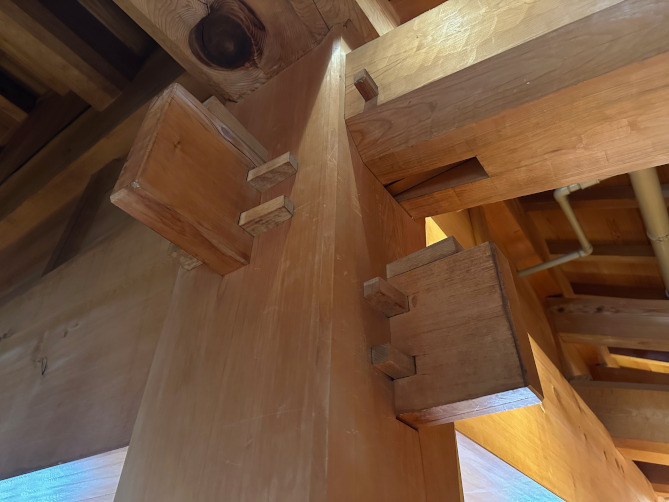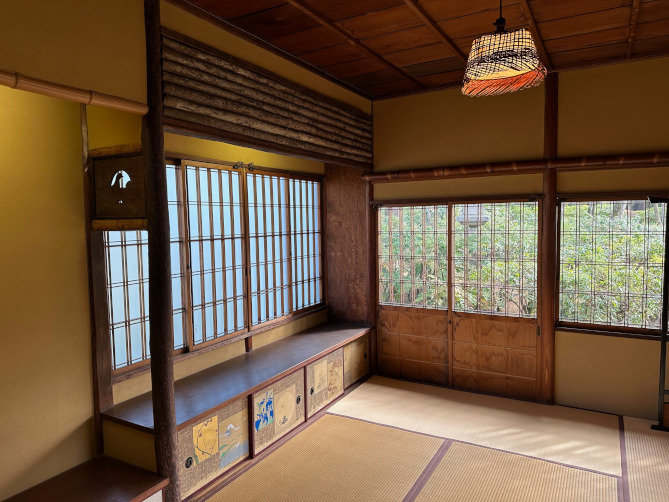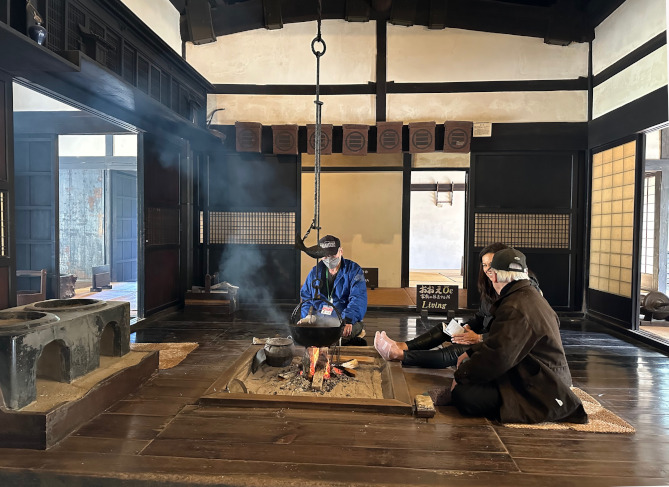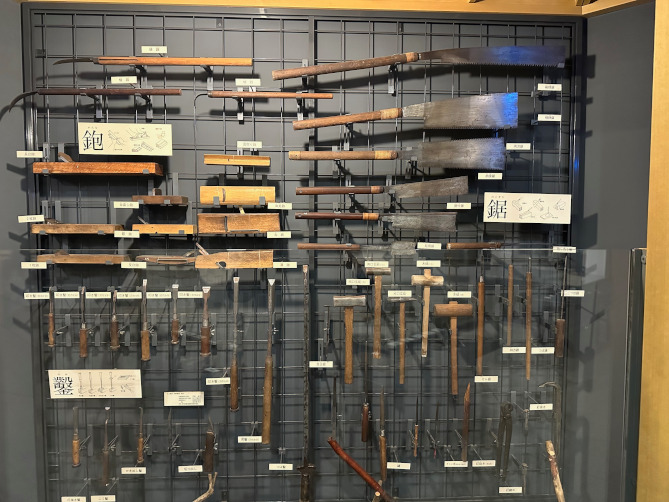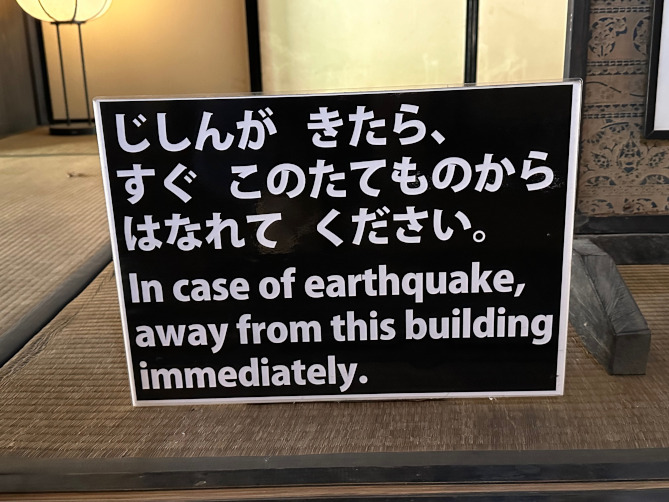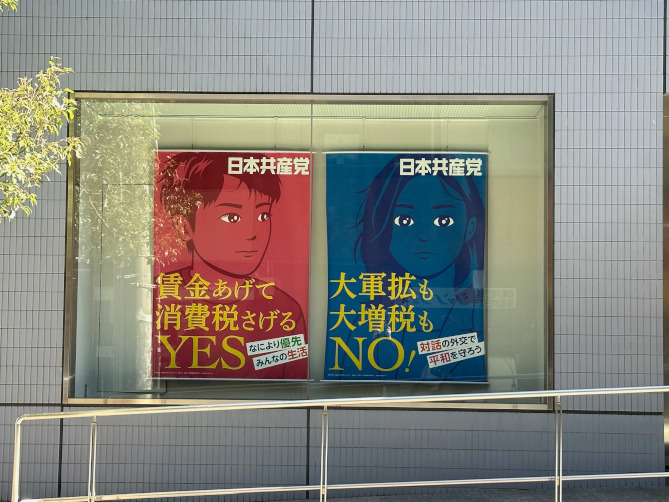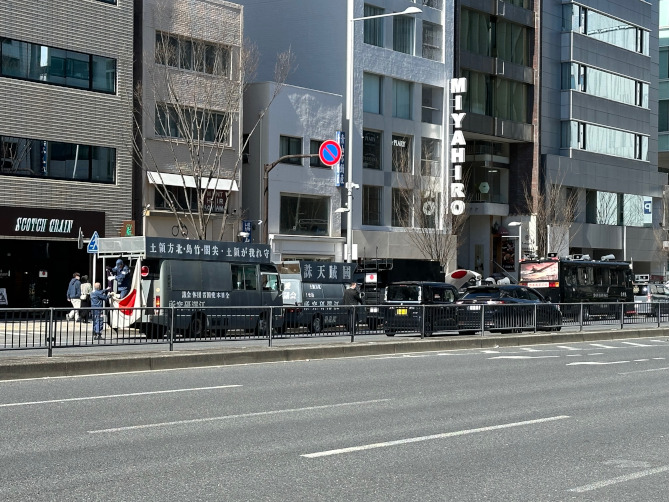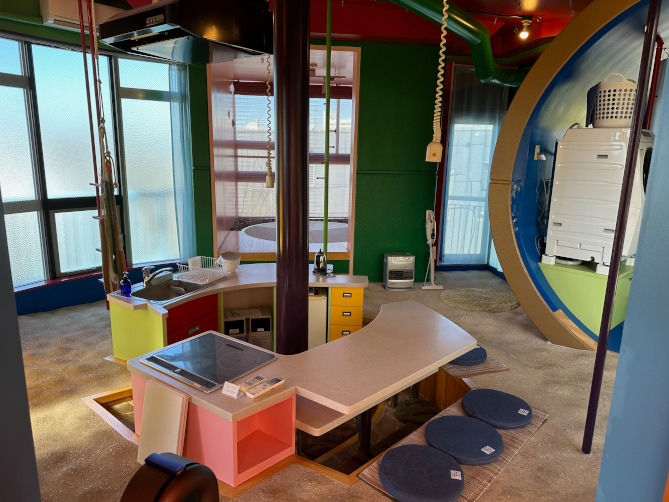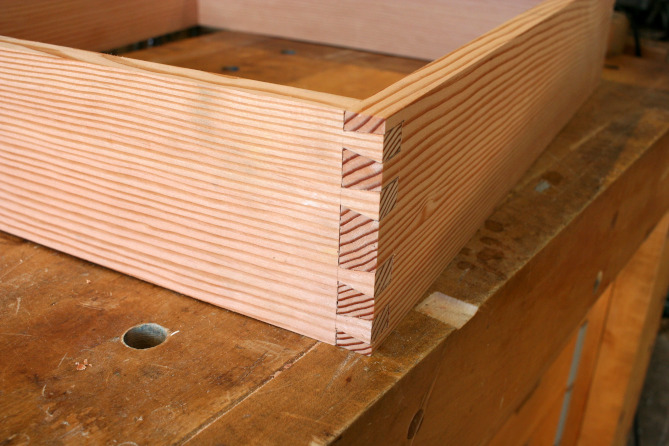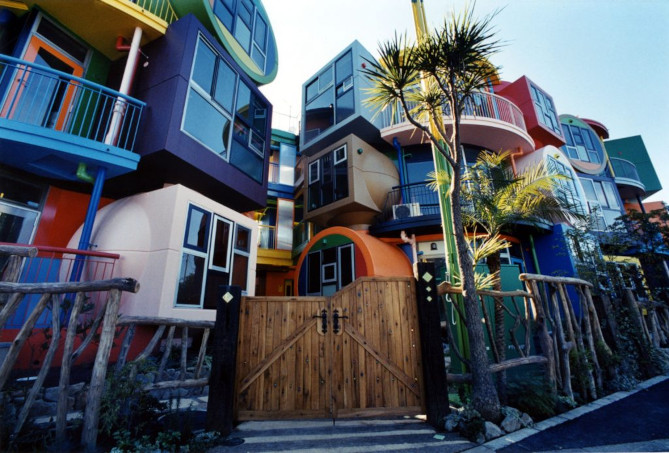
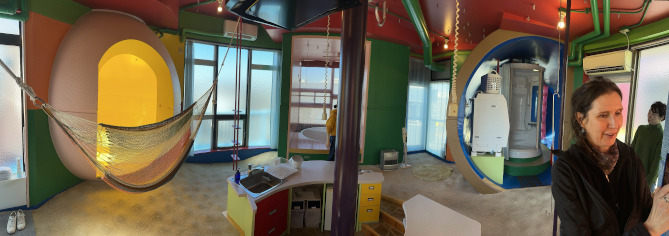
Shusaku Arakawa and Madeline Gins were a husband/wife collaborative duo who worked in painting, conceptual art and poetry but are probably best known for their architectural experiments of the 1990s. While we were in Tokyo we visited their Reversible Destiny Lofts, a brightly colored and highly experimental apartment complex, that blurs the lines between architecture, art and philosophical thought experiment. We spent a few hours exploring two of the units with a Reversible Destiny Loft employee and with our very capable guide and interpreter Yuka. The remaining lofts of this nine unit building house residents and a unit you can rent for a short term stay.
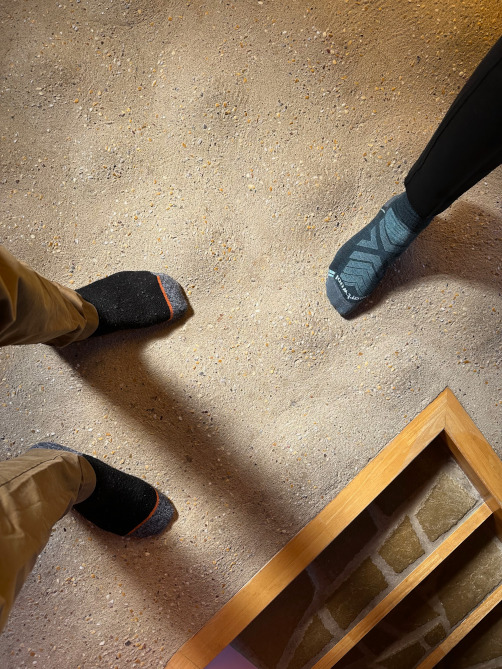
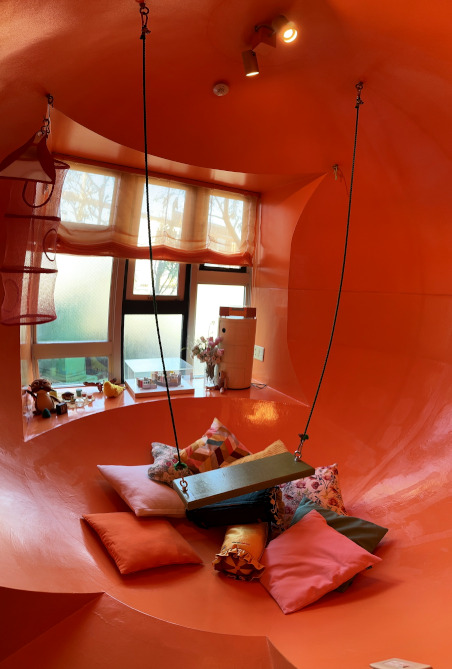
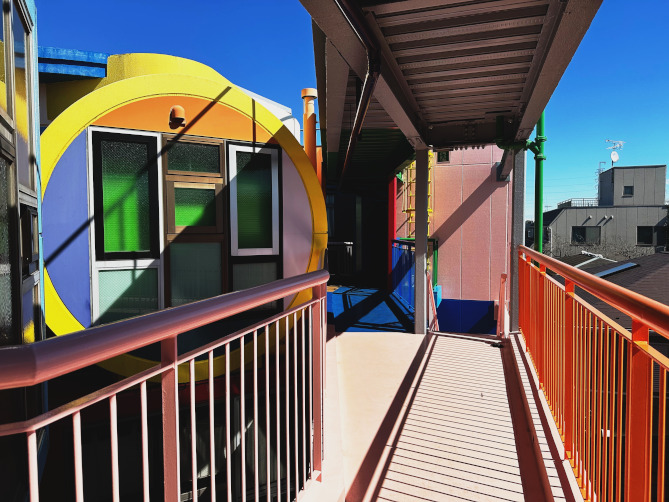
But Arakawa and Gins complicate this surface reading. The full title of this apartment building is “Reversible Destiny Lofts: In Memory of Helen Keller.” The lofts are intensely tactile and in a manual they wrote for residents they suggest, “At least once a day amble through the apartment in total darkness.” The irregularities of the space that make it difficult for someone with mobility problems might, in fact, make it an ideal space for the blind.
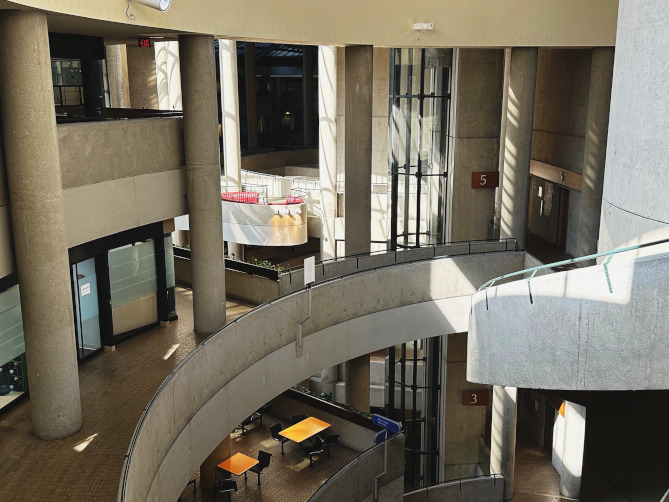
Bonaventure lobby interior. You can tell this isn’t Tokyo because it’s completely empty.
The highly non-Euclidean space of the Lofts got me thinking about the similarly disorienting Bonaventure Hotel in Los Angeles, famously chronicled by Fredric Jameson in his book Postmodernism, or The Cultural Logic of Late Capitalism. Specifically, I was thinking of Jameson’s idea of “hyperspace.” The Bonaventure troubles our notions of up, down left and right through a complex, impossible to comprehend jumble of elevators, ramps and staircases where it seems like you can transport yourself anywhere and arrive nowhere. Imagine the infinite hyperlinks of the internet as a physical space and you’ll have some idea of the disorienting complexity of what Jameson means by hyperspace, which he connects with what he terms the “late stage capitalist” system that we all live under (whose qualities are multinational, post-Fordist and radically disruptive and complex).
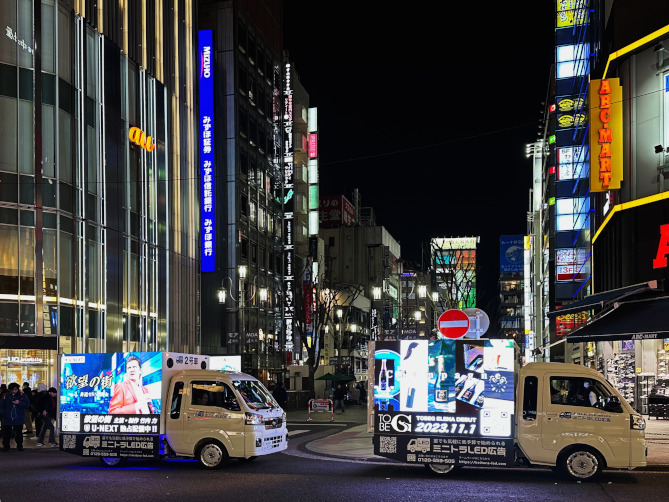
This hyperspacial character is echoed in the Loft itself and its surroundings. The urban hyperspacial maze that is Tokyo makes both the Bonaventure and the Reversible Destiny Lofts seem comprehensible by comparison. The Shinjuku train station, to take just one example, contains a dizzying number of public transit options on multiple levels connected to a massive shopping mall with escalators and elevators leading to what seems like infinite floors of retail spaces selling food, cosmetics, electronics, and clothes all interpenetrated by a maze of tunnels and exits to yet more enormous malls, restaurants, nightclubs and oh so many bright pulsating LED billboards (virtual tour here). Jameson’s description of the Bonaventure could equally apply to the Reversible Density Lofts and Tokyo’s urban hyperspaces that have, “finally succeeded in transcending the capacities of the individual human body to locate itself…in a mappable external world.”
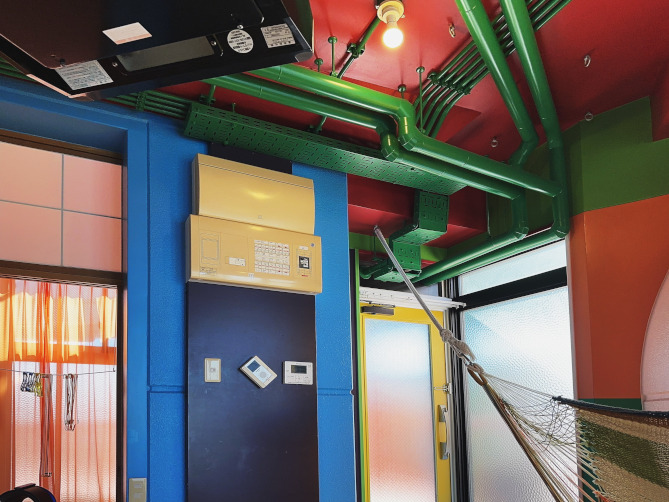
One of the first things you notice on arrival at the Lofts is Arakawa and Gins’ vibrant color scheme. In their instructions they suggest, “Use your loft’s brightly colored shaped volumes to structure and compose your own vitality” and, “Use the brightly colored shaped volumes to increase your ability to remember things and events.” Their work runs counter to the sedate white and concrete boxes of modernist architecture. I remembered how this type of colorful and playful postmodernist architecture came under a blistering critique in the undergraduate classes I took taught by Thomas Hines who liked to quip about how it would feel to come home to such exuberant spaces if a loved one had just passed away. It was his way of suggesting that our houses need to provide comfort and, in order to do so, need a kind of quiet dignity to them. Hines’ bias was not surprising given that his principle work was on the Austrian-American and über-serious modernist architect Richard Neutra.
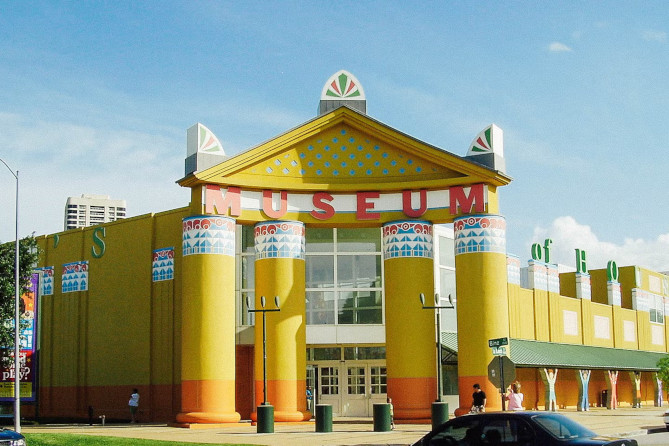
Children’s Museum of Houston by Robert Venturi. Photo by WhisperToMe/Wikipedia.
But, once again, Arakawa and Gins complicate this surface reading. The Reversible Destiny Loft do not come off as silly or jokey as do the fake Corinthian columns and 80s color schemes of other post-modernists such as Robert Venturi who were Hines’ main target. You do feel, in Arakawa and Gins’ Lofts, that they were genuinely attempting to better the lives of their occupants not telling architectural one-liners. In particular, the notion of using living spaces to improve memory seems like a idea worth exploring further.
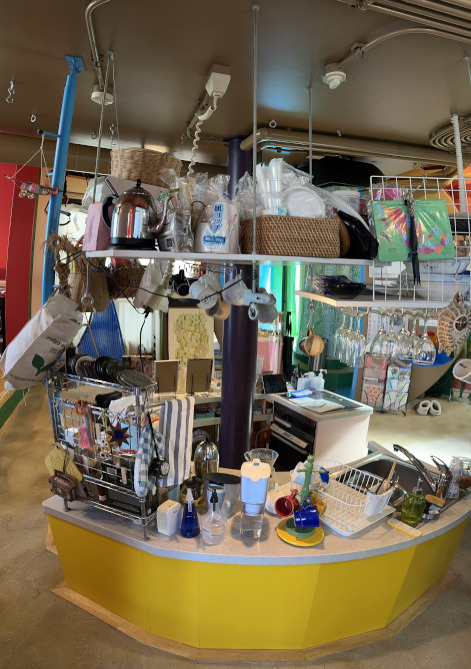
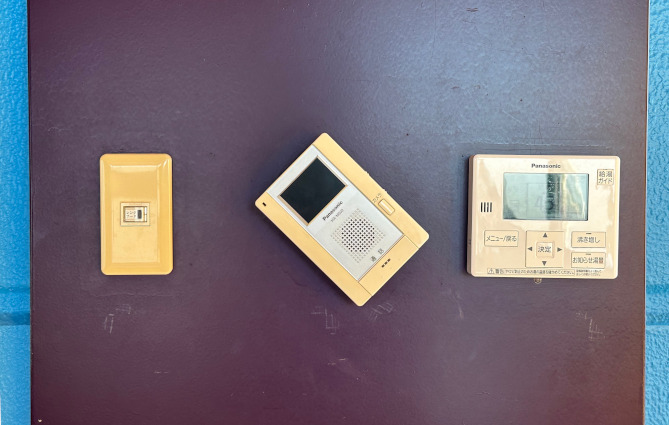
But in evaluating this work I think it would be a mistake to fall into moralizing about their stance. Getting too judgy-judgy about the Reversible Destiny Lofts or our postmodern lives is like a fish criticizing the water we swim in. In withholding easy answers Arakawa and Gins help us “map the territory” as Jameson would put it. The Reversible Destiny Lofts get us thinking about our mortality which is more than you can say about the infinite shopping malls of Shinjuku, Las Vegas or Times Square. And in mapping the territory of postmodernism they help us visualize and question the hyperspacial complexity we navigate. Like all good art their work shocks us out of complacency and gifts us with new eyes. They were first rate artists and philosophers and, if you have a chance, you should experience their work.
On that note, one can hope that their Bioscleave House in the East Hamptons will someday be open to the public. Should you visit Tokyo (and you can if you should) here’s how you can visit the Reversible Destiny Lofts. If you can’t get there here’s a virtual tour. Arakawa’s paintings are also worth a look.
